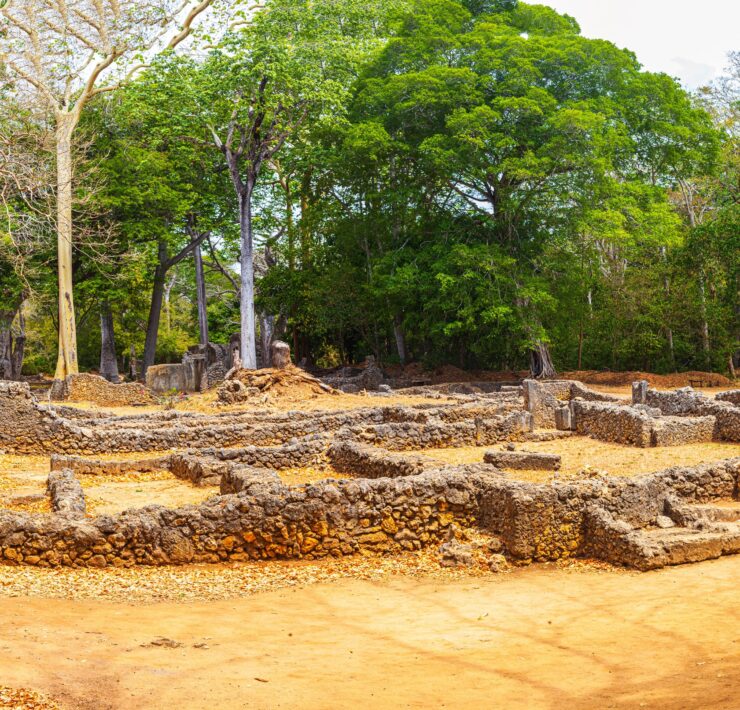Old Wisdom, New Solutions: How Traditional Building Methods Are Shaping Modern Sustainability
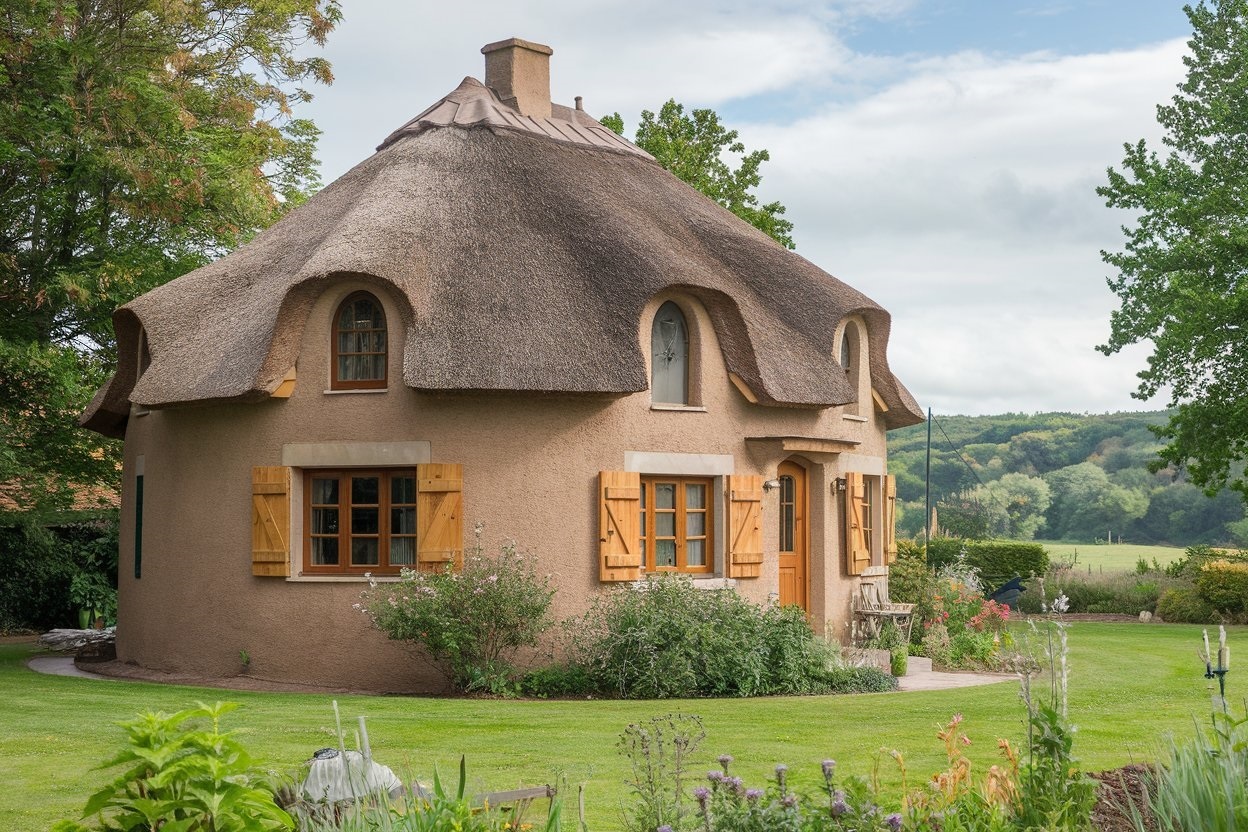
I offer sustainable design and construction services as a construction…
Read Next
Introduction
In the quest for sustainability, the built environment has seen a renaissance of practices that, while ancient in origin, have found renewed purpose in today’s climate-conscious world. This return to historical techniques is not a regressive step but a progressive approach that marries the wisdom of the past with the technology and comforts of the present. As we rediscover these methods, a mindset shift is crucial—not to see them as relics of an older time but as solutions that were always ahead of their time.
1. Passive Cooling and Heating Techniques
- Ancient Practice: For centuries, indigenous peoples around the world designed structures to naturally maintain comfortable temperatures. Examples include thick adobe walls in hot climates that slowly absorb and release heat, and courtyards that create microclimates. People also oriented buildings to maximize natural light and heat from the sun.
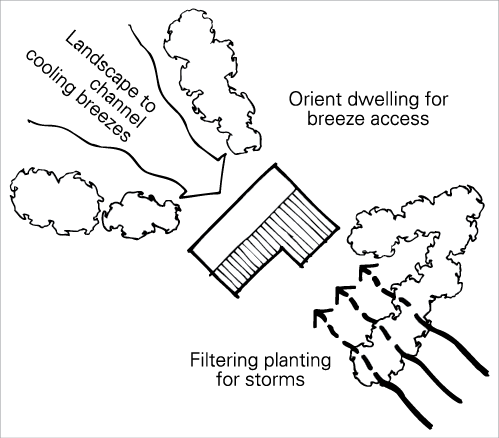
- Modern Revival: In today’s sustainable architecture, concepts like thermal mass, strategic ventilation, and window shading are being integrated. Building designs are incorporating breezeways, green roofs, and natural insulation materials to minimize energy consumption. Simulations are also being incorporated to optimize energy efficiency without compromising comfort.
- Why It Matters: With the rising energy demands of modern cities, passive climate control reduces dependency on non-renewable energy sources, making our homes and commercial spaces more resilient and energy-efficient.
2. Earthen Construction
Ancient Practice: Clay, mud, and rammed earth have long been staples in construction, with examples such as the Great Wall of China and African huts demonstrating durability and climatic suitability.
Modern Revival: Contemporary architects are utilizing rammed earth and clay bricks, not just for their aesthetics but for their thermal properties and low carbon footprint. The development of standardized, quality earthen materials, like Rwanda’s rukarakara bricks, shows this approach’s economic and environmental viability. Rammed earth techniques are seeing a resurgence in eco-friendly projects, as the method not only provides a natural aesthetic but also meets stringent energy performance requirements.
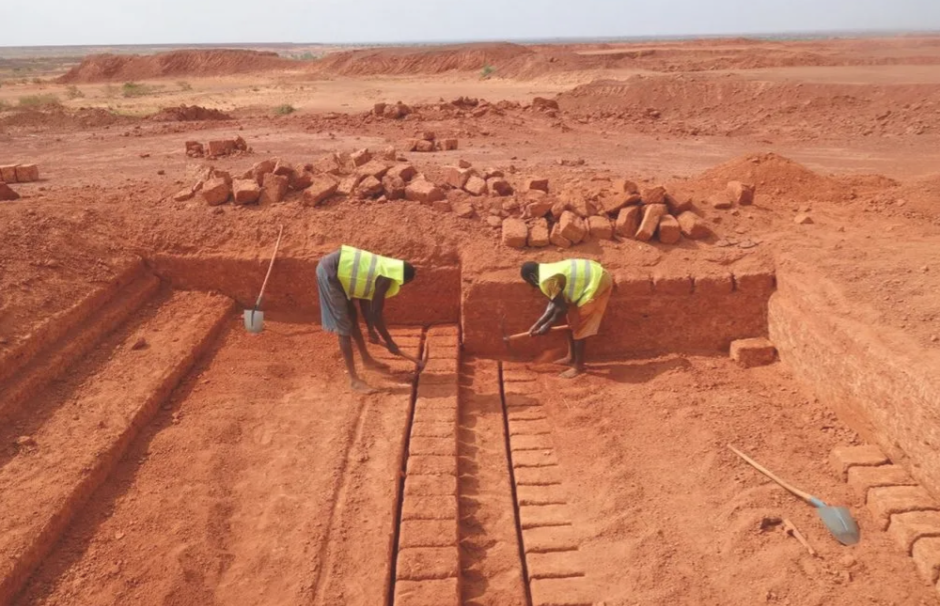
Why It Matters:
- Earthen construction reconnects us to local materiality,
- Thermal Performance: Earth-based materials are excellent at regulating temperature, keeping interiors cool in summer and warm in winter. This minimizes the need for artificial heating and cooling.
- Low Embodied Carbon: These materials are natural, locally sourced, and often do not require extensive processing, which greatly reduces carbon emissions associated with transport and manufacturing.
- Waste Reduction: At the end of a building’s life, earth-based materials are easily returned to the ground, minimizing construction waste.
3. Green Roofs and Living Walls
- Ancient Practice: The Hanging Gardens of Babylon and sod roofs of Scandinavia exemplify how green spaces were integrated into built environments to manage water and regulate building temperature.
- Modern Revival: Today, green roofs and vertical gardens are celebrated for their biodiversity, ability to reduce urban heat islands, and stormwater management capabilities. Advanced techniques ensure they are compatible with modern structural requirements.
- Why It Matters: As cities face climate-related challenges, reintroducing greenery into urban spaces not only enhances quality of life but also contributes to carbon sequestration and habitat creation.
4. Natural and Local Building Materials
- Ancient Practice: Using locally available materials such as bamboo, stone, and timber has been standard for thousands of years. Structures built with these materials were adaptable and in harmony with the environment.
- Modern Revival: Sustainable forestry practices, engineered bamboo, and even innovations like Ferrock (made from recycled materials) are redefining how we use natural and nature-inspired resources. These materials are being chosen for their renewability and minimal processing requirements.
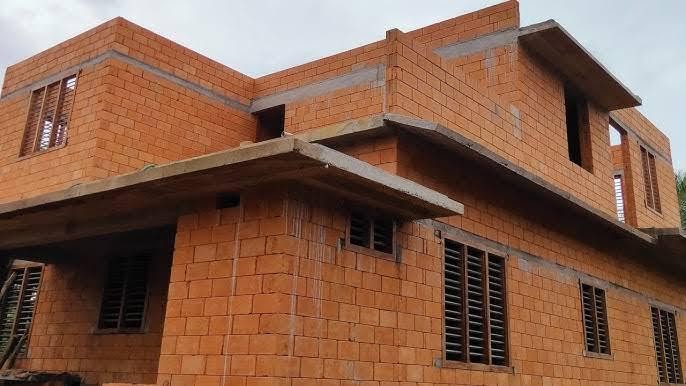
Why It Matters: The focus on natural and local materials is regaining importance as people recognize the environmental costs of transporting materials over long distances.
- Construction and demolition waste contribute massively to environmental degradation. A return to organic, recyclable materials fosters a circular economy, where waste becomes a resource rather than a burden.
- Supporting Local Economies: Sourcing materials and labour locally not only reduces the carbon footprint but also strengthens community economies.
- Building Resilience: Local materials are often more suitable for the environment in which they’re used, offering greater resilience and longevity.
- Embodying Culture: Embracing local materials preserves the unique aesthetic and cultural identity of a place.
5. Circular Water Management Systems
- Ancient Practice: Water-wise cultures built catchment systems and managed water for maximum efficiency, such as qanats in the Middle East or rainwater harvesting tanks in India.
- Modern Revival: Innovations in rainwater harvesting and greywater recycling systems are being used in urban and suburban developments. The emphasis is on reducing potable water usage and ensuring efficient recycling.
- Why It Matters: As climate change exacerbates water scarcity, utilizing efficient, closed-loop systems is vital for future-proofing communities and reducing the strain on municipal water supplies.
A Shift in Perspective
It is not enough to resurrect these techniques; we must also shift our cultural perception of what is “old” and “new.” Sustainable construction practices should not be romanticized merely as quaint traditions but recognized for their pragmatic genius and potential. By integrating historical methods into our modern design lexicon, we can foster a future that respects the environment, supports well-being, and values timeless wisdom.
Conclusion
This confluence of the past and present is a powerful reminder that sustainability has deep roots, and it is our duty to honor and adapt these principles. As we innovate, let’s take a moment to look back and embrace the foundations laid long before us. The next time we encounter a rammed-earth wall or a building with a passive solar orientation, let’s appreciate it not as a return to the past but as a leap toward a more resilient, mindful future.
Subscribe now for updates from Msingi Afrika Magazine!
Receive notifications about new issues, products and offers.
What's Your Reaction?
 PIN IT
PIN ITI offer sustainable design and construction services as a construction project manager and quantity surveyor. I focus on using sustainable materials for building. You can reach me at rnmbiu1@gmail.com




















